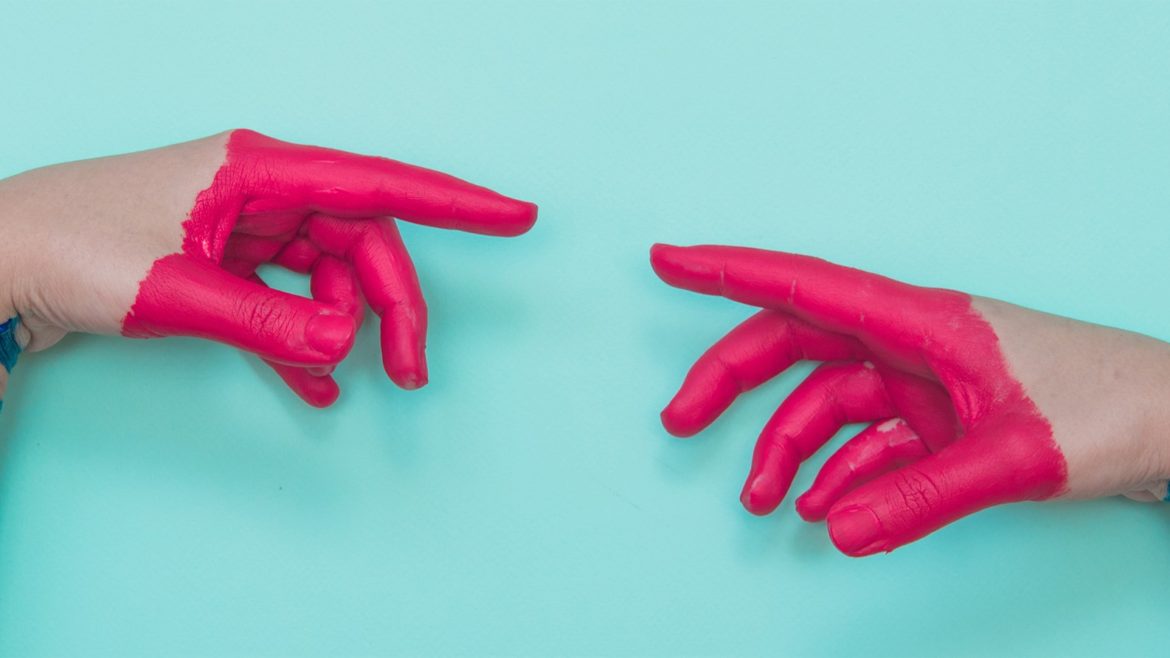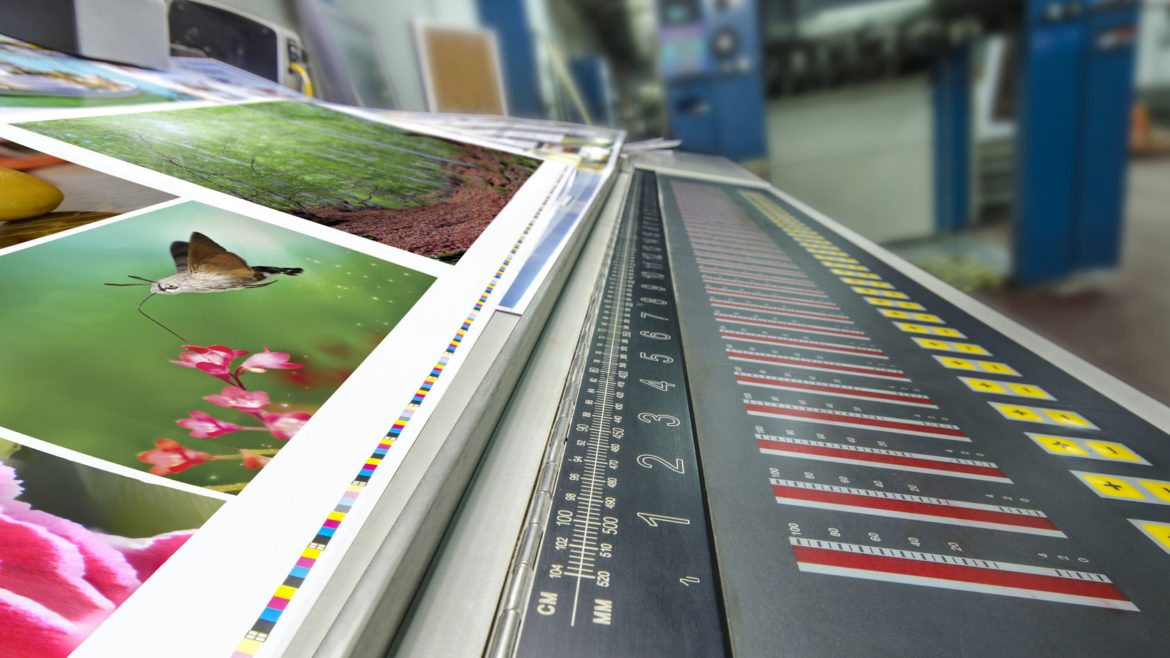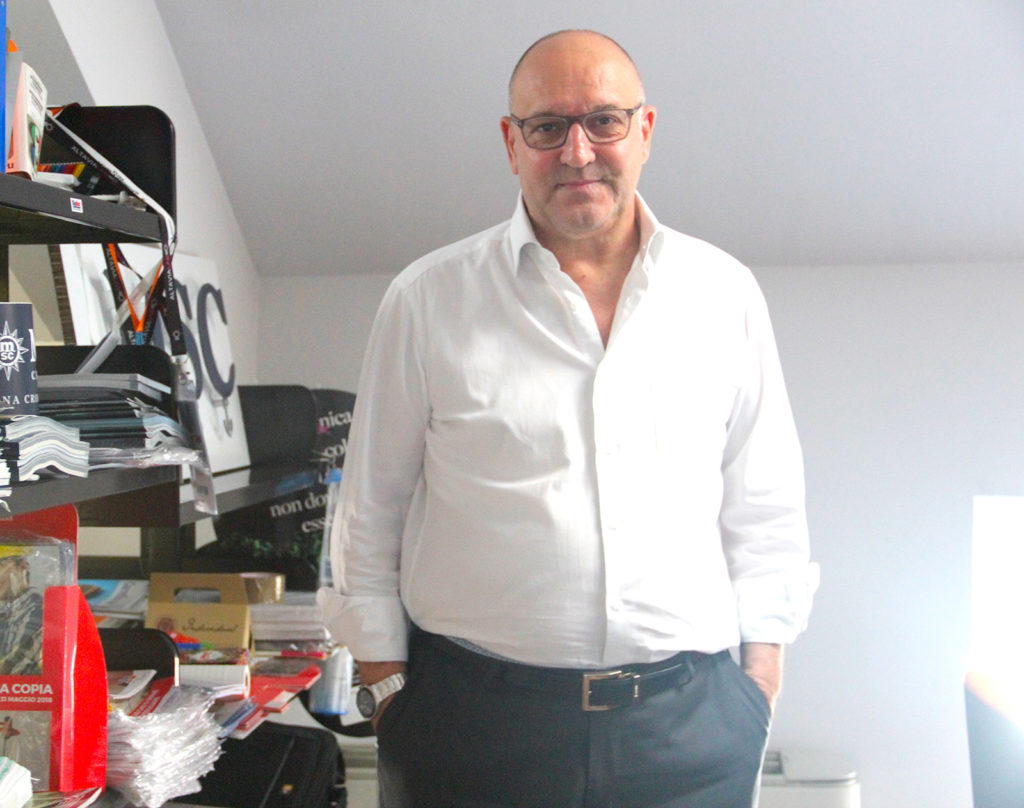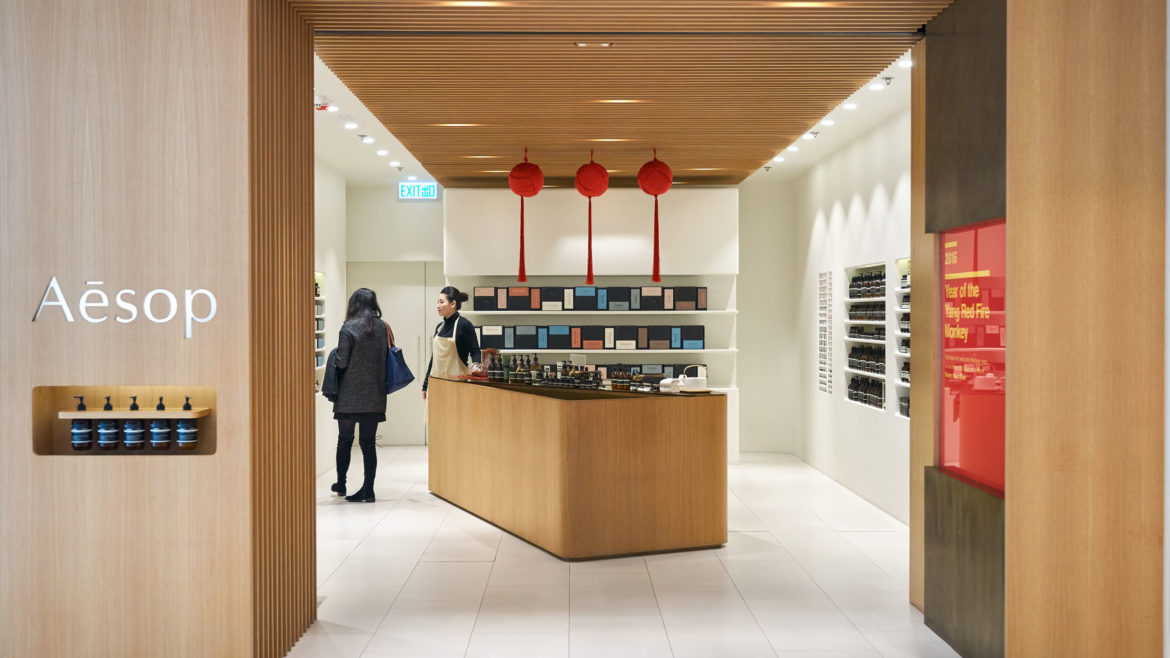“A great deal of thought goes into the way in which Aesop stores are respectfully integrated into their respective neighbourhoods”
The brick-and-mortar retail concept has been redesigned. There were those who thought that e-commerce would wipe out everything in its way, confining physical stores to the history books. But that definitely won’t be the case! Consumers – particularly the younger generations of them – have a real need for in-store experiences. Well-established retailers, working closely alongside start-ups, have already shown that they were willing to do something and could redesign the physical retail outlet. We take a look at what this all means with Thierry Strickler, Retail Market Intelligence Lead at Altavia.
Six key factors are driving physical stores nowadays.
1- Soul power
This is where stores have architecture that stands out – unique locations which elicit genuine emotion from their customers.
When we talk about soul power, some of the retailers we think about include:
– The Galeries Lafayette, and its flagship store’s temple to fashion and Parisian chic, crowned with a magnificent dome, which has been classified as a building of historical importance since 1975. A symbol of artisan expertise of old, a unique space, known all over the world;
– American grocery store chain Trader Joe’s, which was set up in the 1960s and has retained its hippie ethos – its customers can enjoy a memorable offbeat ambience as they shop.
– Australian skincare brand Aesop: each and every store is completely unique, reflecting the brand’s DNA. A great deal of thought goes into the way in which the stores are respectfully integrated into their respective neighbourhoods,
– and Starbucks, whose coffee houses are a break from today’s fast food approach to beverages.The brand recently opened a 2700 m² Starbucks in Shanghai employing 400 people. Digital technologies are seamlessly woven into the coffee house – thanks to a partnership with Chinese online shopping website TaoBao. And customers can sample the latest coffees or learn about the secrets of coffee roasting – all via a dedicated app.
Customisation – for products, the offering and customer relations
Adidas and its Knit for you programme – a temporary concept showcased at its Berlin pop-up store at the end of 2016 – is a fine example of this second marker. How does it work? Leave the store with a bespoke pullover created in only four hours. Customers get a laser body scan and can experiment by having different patterns projected onto them; They then choose a colour combination.The only limitation is the material – merino wool is the only one they can use. The pullover is ready to be knitted. It’s hand-finished, washed and dried… and then four hours later, it’s ready! Speed is the key factor in this concept: both in terms of the production process and in responsiveness to customer demand.
Another example? Nespresso and the channels they use to talk to their customers – no matter what their preferences are (store, web, hotline, etc.). The resulting relationships end up being ultra-customised.
3- The community
Some retailers are particularly adept at communicating on the basis of a system of values with which their customers identify. These brands usually create a particular kind of world – such as the Rapha Cycling Club, a US-based Internet pure player that sells top-of-the-range bikes and accessories. It has succeeded in creating locations, associated with clubhouses that can be accessed by paying a small monthly subscription, so people can take part in rides and meet other enthusiasts.
Australian retailer Deus Ex Machina creates hybrid locations underpinned by powerful values, such as friendliness, freedom, culture and creativity. At a Deus Ex Machina store, customers can purchase vinyl records, motorbikes and surfing wetsuits, as well as having coffee or getting something to eat, while sharing their enthusiasm with other customers.
4- Experience
Provide an atypical, memorable experience that will elicit an emotional response from customers. That’s the challenge that brands like juice bar and coffee shop chain Joe & The Juice have risen to. This café – which only sells fresh fruit juice and coffee – no alcohol! – turns into a nightclub at the end of the day. Here, the role of the sales staff – party people, bar staff, DJs and “ambience creators” all in one – is crucially important. They are the ones who bring in the community and then develop its loyalty.
Another example? Sonos. Realising that many customers purchase speakers and sound systems that they have first experienced at friends’ houses, the Californian brand decided to focus on an immersive sales approach. It has installed huts, each featuring different ambiences, in its Soho store in New York, so customers really can enjoy a fully-fledged in-store speaker experience.
5- In-store digital technologies
The fifth marker forges closer ties with customers, so brands can interact differently with them. This is a particularly good way for brands to overcome some of the problems associated with small town-centre retail areas – when there are limits to how much stock they can keep. The solution? Enable customers to submit orders via digital terminals. We are right at the focal point – where online and offline converge!
European fashion retailer Mango, which has entered into a partnership with Vodafone, has fitting rooms with connected mirrors to improve the customer experience. So if the trousers that you picked up from the store shelves are too large or too small, you can easily contact one of the sales staff from the fitting room and have a pair in the right size brought right over.
Decathlon City is also leveraging the full potential of digital technologies, doing away with the shortcomings of the in-store shopping experience (customers can talk to sales staff from the fitting rooms, the self-service checkouts take mobile payments, etc.).
6- CSR
More and more brands, increasingly environmentally aware and keen to avoid the bad buzz that the wrong decisions can create, have decided to provide customers in search of a reasonable and reasoned consumer experience with concrete solutions. Space10, developed by IKEA, is a laboratory where people can think about future modes of consumption. This forum for innovation, based in Copenhagen, is in line with the principles of the circular economy and has already launched pilot projects in Japan (IKEA buys back old sofas from its customers so it can recycle them) and London (rental service, for students in particular).
For IKEA, the logic behind the idea is sound for two reasons: they get to be a company committed to the environment, as well as coming up with services that meet their customers’ needs.
Lego also embodies this sixth and final decisive factor. The brand says it’s invested $150 million in setting up a materials centre for sustainable development. Indeed, every year, 31 billion Lego bricks are manufactured throughout the world! Lego has decided to launch a range of bricks made from sugarcane. The Danish company is clearly on the right track!


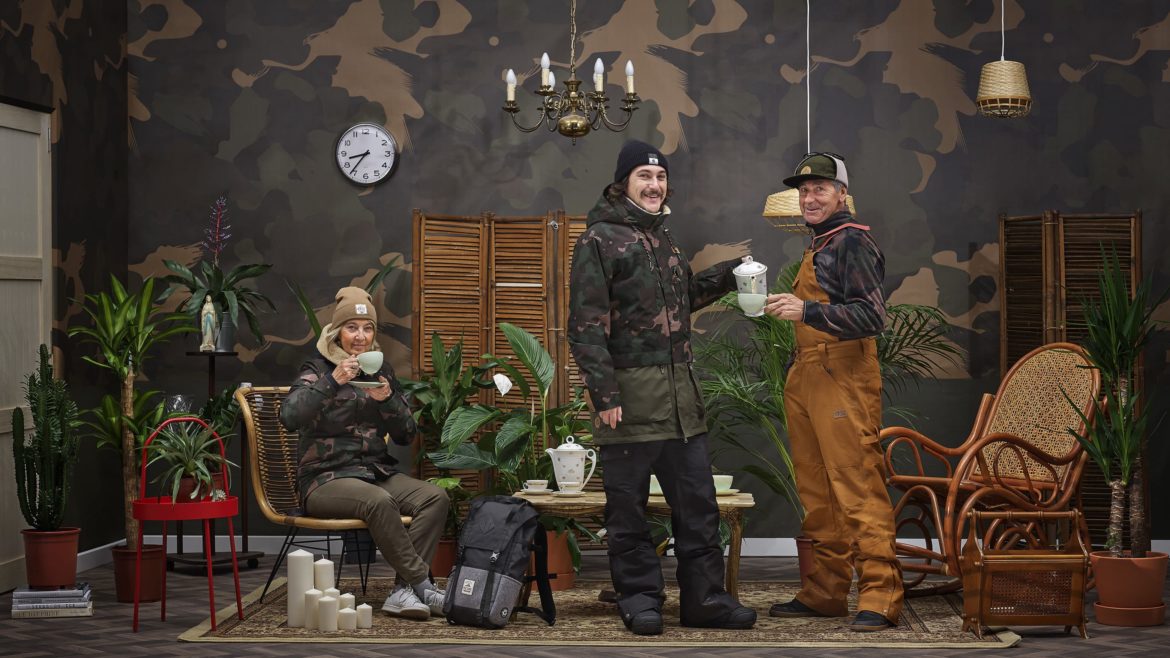

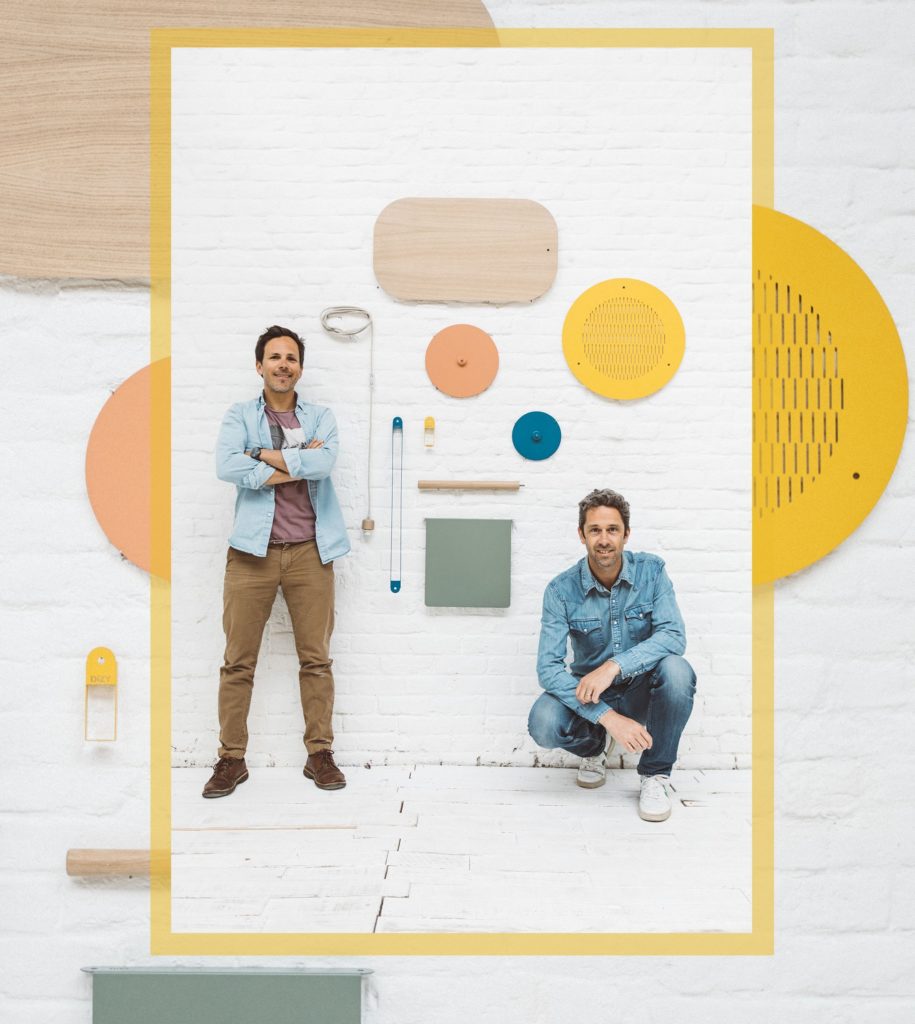 Lamps, coffee tables, shelving, benches, desks… you name it, you design it! That’s basically where the appeal of Dizy, a start-up recently launched by
Lamps, coffee tables, shelving, benches, desks… you name it, you design it! That’s basically where the appeal of Dizy, a start-up recently launched by  As well as giving customers the opportunity to create their own furniture, Dizy is keen to ensure that the items created are built to last. “It’s much easier to become attached to something that you have taken the time to design and create with your own bare hands”, Mr Strickler explains. “It’s a great way to ensure that the pieces created will have a lasting place in the home, thus avoiding this idea of planned obsolescence”. The modular nature of the parts used, which can be assembled in a different way to alter the function of the object, also helps to lengthen its lifespan. In fact, 95% of the parts that Dizy uses can be reused to make other pieces of furniture (by converting a coffee table into a bookcase, for example).
As well as giving customers the opportunity to create their own furniture, Dizy is keen to ensure that the items created are built to last. “It’s much easier to become attached to something that you have taken the time to design and create with your own bare hands”, Mr Strickler explains. “It’s a great way to ensure that the pieces created will have a lasting place in the home, thus avoiding this idea of planned obsolescence”. The modular nature of the parts used, which can be assembled in a different way to alter the function of the object, also helps to lengthen its lifespan. In fact, 95% of the parts that Dizy uses can be reused to make other pieces of furniture (by converting a coffee table into a bookcase, for example).
